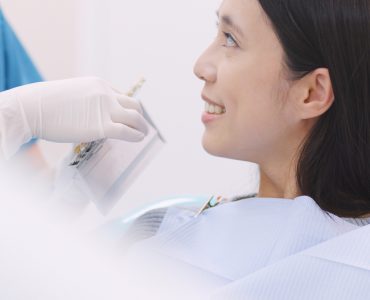Androgen Sensitivity Syndrome or simply AIS is a condition related to the development of the internal and the external reproduction organs and the genitals of a person. The gender of an unborn baby is determined by the XY chromosomes as well as the hormones androgen, oestrogen and progesterone. A child if born with the AIS will have the genetic combination of XY which is the male. But the body rejects the male hormones and starts to develop along the female genetic lines. A hormone given out by the Y chromosome prevents internal development in the female genitals, and form testes in place of it.
People who suffer AIS have different types of sensitivity levels depending on their reactions to the hormone androgen. If they become totally insensitive to the hormone they develop solely female parts, and vice versa. Such children may be brought up as either girls or boys, based on the level of external body developments.
Symptoms of androgen sensitivity syndrome
There are no visible external symptoms when the child is born. They are noticeable only at the time of puberty. If they are girls, then they6 develop normally, with the AIS, but tend to have very little or no pubic hair and they will not menstruate due to the absence of ovaries. The vagina in an AIS girl will be approximately two-thirds that of a normal one.
If the child develops as a boy with AIS, then they tend to have breast formations when they reach puberty, depending upon the levels of androgen. They can be removed though if the person so wishes. Girls with AIS are infertile, while boys with AIS have to depend upon the androgen levels to be fertile or not.
Causes of AIS
The main cause for the formation of AIS is a phenomenon called as mutation. This is the alteration of the androgen reception gene. In a female child, it is due to receiving an altered gene from her parents. However, the other X chromosome will balance the effects and the girl can lead an almost normal life. However, the girl’s child has chances of inheriting the same defects.
Diagnosis of AIS
Diagnosing this syndrome is possible only after birth of the child, generally at the time of puberty. Physical diagnosis is difficult, but in most cases, they can be detected in other ways, as sometimes the child might develop hernia due to the amalgamation of male-female organs. But mostly it is diagnosed only during puberty when it becomes apparent by the shortage of pubic hair, and menstruation in girls.
Also, blood tests can confirm the diagnosis by checking the level of hormones and the structures of the genetic DNA. Ultrasound scans are also useful in detecting the differences. In the 16th week of a pregnancy, it is possible to determine if the child has this condition using the amniocentesis method.
Treating AIS
The various ways in which the androgen insensitivity syndrome can be treated are as follows: Gender assignment, removal of the testes, hormone therapy, genital reconstructive surgery, psychological support.











